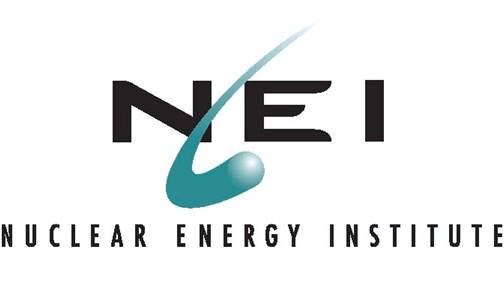- Radioactive Waste 419 - National Resource Defense Council Briefs Congress On Handling Spent Nuclear Fuel - Part 3 of 3 Parts
Part 3 of 3 Parts (Please read Part 1 and Part 2 first)
Talking Point #3 – The reprocessing of spent nuclear fuel holds great promise.
It has been suggested that reprocessing spent nuclear fuel to produce more nuclear fuel will solve the nuclear waste problem. However, reprocessing does not just produce more fuel for nuclear reactors, it also produces plutonium, which increases the risk of nuclear weapons proliferation. In addition, reprocessing does not consume all the nuclear waste in spent nuclear fuel. It also generates its own stream of toxic radioactive waste. The Cold War production of nuclear weapons resulted in terribly polluted sites in Washington, South Carolina and Idaho.
Even if the radioactive byproducts of reprocessing are ignored, reprocessing is just not economical. Plants that can burn reprocessed nuclear fuel are even more expensive than conventional nuclear power reactors which are already becoming too expensive to build. In reality, reprocessing of spent nuclear fuel is simply not a viable idea.
Talking Point #4 – Nuclear power can help mitigate climate change.
With respect to climate change, nuclear power costs too much and takes too long to license and build to be of much use in climate change mitigation. While it is true that operating nuclear power plants do not emit greenhouse gases, their construction does produce a lot of carbon dioxide. There have been significant impacts on the environment from the production of nuclear power. Two major issues are risk of radiation release and contamination of water. One issue that does not get much press is the fact that climate change itself will be a threat to nuclear power plants. Both sea level rise and heat wave challenge the safety and dependability of nuclear power plants. Nuclear power reactors have had to be temporarily shut down because cooling water became too warm to be used to cool them.
The NRDC has a clean energy pathway that will be cost effective in reaching a low carbon future. The plan allows the role of nuclear power to continue to decline. It is time for the U.S. to escape the treadmill of the talking points detailed above and embark on a new path that will allow the regulation of nuclear waste under standard environmental laws. This should improve the participation and acceptance of states in the quest to safely dispose of spent nuclear fuel.
The NRDC plan will not solve the spent nuclear fuel disposal overnight but they believe that it could have real potential because it relies on well-established laws. They want to regulate nuclear waste like any other pollutant. The U.S. and the States should be sharing authority under foundational environmental statues.
If the Congress of the U.S. does not accept and implements the NRDC plan, it will have to develop a new plan for dealing with spent nuclear fuel. If something is not done in the near future, nuclear power plants may have to be shut down at a time when low carbon sources of power are critically important.
